Page load speed is a crucial factor in modern website design. A slow-loading website not only annoys users but also reduces conversion rates, affects SEO rankings, and causes revenue loss.
So, what are the reasons for slow website load times? And how can you effectively improve website speed? Let's explore the details in the article below with MIMA Trading and Service Co., Ltd. – a professional website design company in Ho Chi Minh City.

Why is Website Speed Important?
Impact on User Experience
According to statistics:
- 47% of users expect a website to load in under 2 seconds.
- 40% will leave if the page takes more than 3 seconds to load.
- This shows that just one second of delay can lose potential customers.
Impact on SEO Ranking
Google has confirmed that page speed is a ranking factor. Slow websites will:
- Be rated lower by Google.
- Reduce the chance of appearing on top search results.
Reduced Conversion Rate
Low page load speed leads to:
- Users skipping products/services.
- Reduced revenue.
For example, Amazon once announced that every 100ms of delay reduced revenue by 1%.

Common Causes of Slow Website Load Times
Heavy, unoptimized images: One of the most common causes is using:
- High-quality images (large size).
- Not compressing images before uploading.
Using too many plugins (for WordPress): While plugins are convenient, if:
- Too many are installed,
- A plugin is faulty or incompatible,
- … it will cause the website to load slowly, even freeze or crash.
Weak, unstable hosting: Cheap, low-configuration hosting will:
- Not have enough bandwidth to handle traffic.
- Cause server crashes or slow responses.
Unoptimized code: Code snippets that are:
- Written messily, not compressed.
- Call too many resources from outside (CDN, API).
- Lack effective caching.
- … will cause the browser to take time to load and process data.
Not using a CDN: If users access the site from a location far from the server (e.g., Vietnam accessing a website hosted in the US), the loading speed will be significantly reduced without a content delivery network (CDN).
Not enabling cache: A website that does not use a cache will have to reload all the data each time someone visits, increasing response time.
Heavy theme: Some beautifully designed themes:
- Integrate too many effects, fonts, animations.
- Carry a large number of JS/CSS files.
- Place a heavy burden on the browser and slow down the entire website.
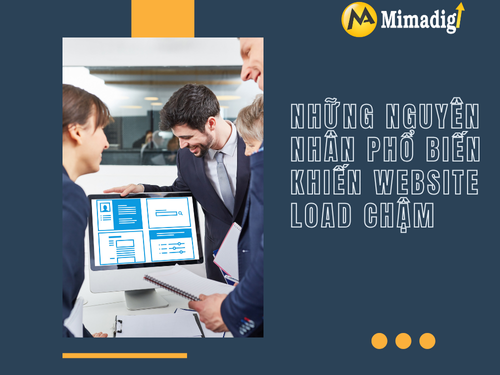
How to Check Website Speed
You can use the following tools to measure website performance:
| Tool | Website | Main Function |
| Google PageSpeed Insights | https://pagespeed.web.dev | Assess desktop/mobile speed |
| GTmetrix | https://gtmetrix.com | Check resource details |
| Pingdom Tools | https://tools.pingdom.com | Track speed and uptime |
| WebPageTest | https://www.webpagetest.org | Test from multiple geographic locations |
These tools not only score your site but also offer specific improvement suggestions.
How to Improve Website Speed Effectively
✅ Optimize Images
How to:
- Compress images before uploading (using TinyPNG, ImageOptim…).
- Use new image formats like WebP.
- Set appropriate image sizes, avoid using 4000px images for positions that only need 800px.
Note:
Do not overuse animated backgrounds or large sliders.
✅ Minimize and Combine JS/CSS Files
How to:
- Use compression tools like UglifyJS, Terser.
- Merge multiple small files into one large file to reduce the number of requests.
Support tools:
- Autoptimize (WordPress),
- WP Rocket,
- Manual build tools like Webpack.
✅ Enable Caching
Types of cache:
- Browser cache: saves static content (images, CSS) on the user's browser.
- Page cache: creates an HTML copy of the page to reduce server load.
- Object cache: stores database query results.
Tools:
- WP Super Cache, LiteSpeed Cache (for WordPress),
- Redis, Memcached (for manual code/PHP).
✅ Use a CDN
Benefits:
- Increase page load speed for users far from the origin server.
- Reduce server bandwidth.
Suggestions:
- Cloudflare (free),
- BunnyCDN,
- Amazon CloudFront.
✅ Upgrade Hosting
Things to note when choosing hosting:
- Large enough capacity.
- High-speed SSD.
- Unlimited bandwidth.
- 24/7 technical support.
If your website has a lot of traffic, you should use:
- VPS (Virtual Private Server),
- Cloud Hosting,
- Dedicated Server.
✅ Reduce Unnecessary Plugins (if using WordPress)
- Check which plugins consume the most resources (using P3 Plugin Profiler).
- Delete unused plugins.
- Replace with lighter plugins.
✅ Design an Optimized Theme
- Avoid choosing too heavy themes. Should use:
- Lightly coded themes (Astra, GeneratePress, Hello Elementor).
- Hand-coded themes from scratch as requested.
✅ Optimize the Database
- Delete old drafts, spam posts, and unnecessary tables.
- Use the WP-Optimize plugin or query manually.
✅ Reduce HTTP Requests
- Combine JS/CSS files.
- Limit embedding scripts from third parties (Google Fonts, Facebook SDK…).
✅ Enable Lazy Load: Helps delay loading images that are not in the first screen (viewport), making the page display faster.

When Should You Hire a Website Speed Optimization Unit?
If you have tried many methods but the website is still slow, it may be due to complex code or system structure. At this point, contact a professional unit like MIMA Trading and Service Co., Ltd. for support:
MIMA provides:
Comprehensive website speed optimization services.
- Redesign the UX/UI standard interface to be light and smooth.
- Optimize hosting, CDN, plugins, and cache systems.
- Maintain and monitor speed periodically.
Slow website load times not only affect SEO but also lose potential customers every day. Speed optimization is a process that needs to be done right from the start of web design and maintained regularly.
Don't let a few seconds of delay cause your business to lose its competitive advantage!

Contact Information
MIMA TRADING AND SERVICE CO., LTD
📍 Address: Hoc Mon, Ho Chi Minh City
📞 Hotline/Zalo: 0909 035 333
📩 Email: info@mimadigi.com
🌐 Website: https://mimadigi.com

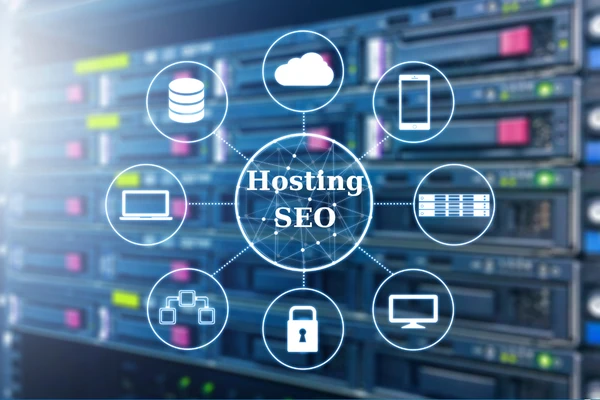


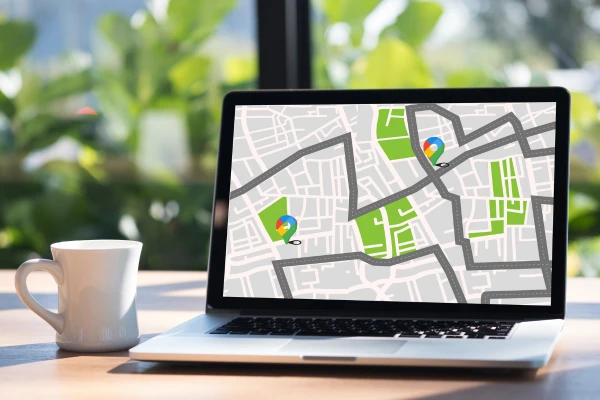
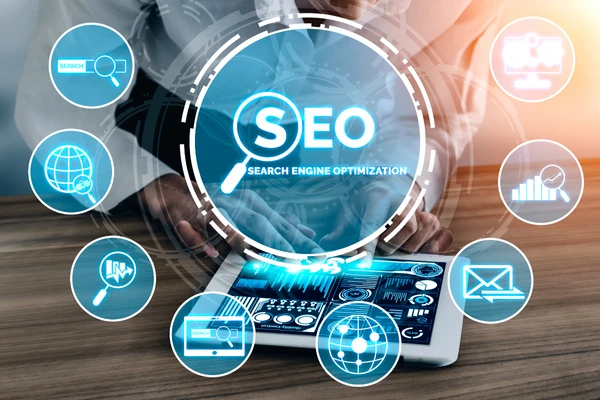



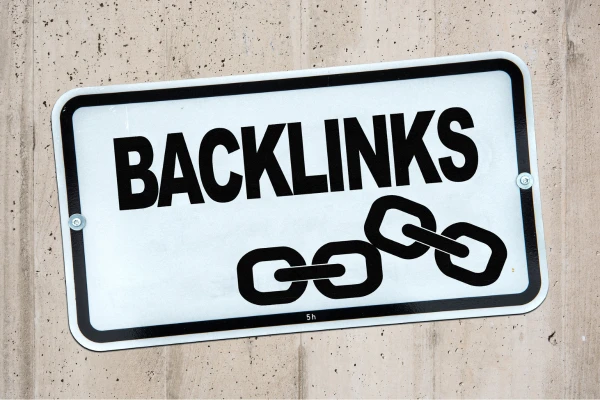



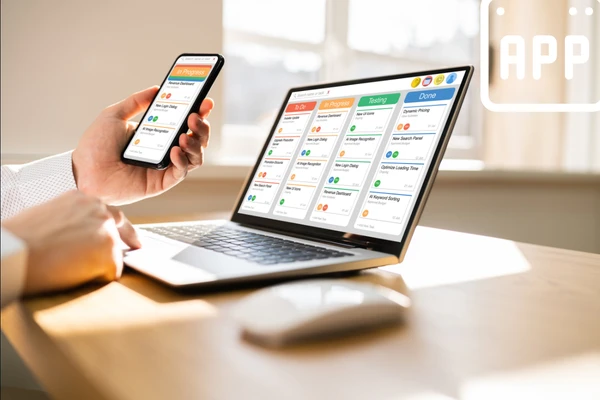








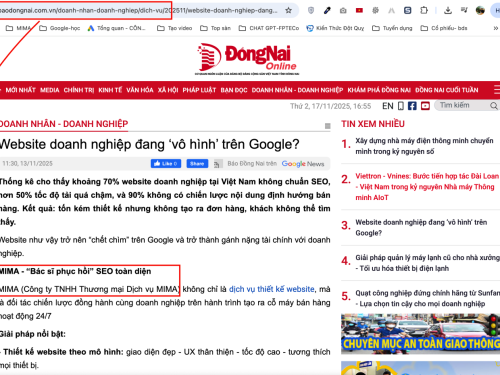



Share your review